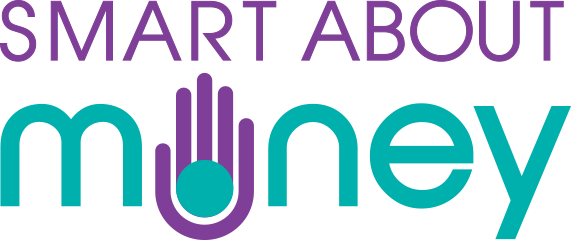There are four ways to invest in ETFs.
You can invest through:
- A stockbroker – traditional or online.
- Providers who offer their own platforms that use a broker.
- An investment platform specialising in ETFs.
- Investment platforms offering access to unit trusts and ETFs.
 If you invest through a stockbroker, you will need to open a stockbroking account which may involve a minimum investment.
If you invest through a stockbroker, you will need to open a stockbroking account which may involve a minimum investment.
When you buy an ETF through a stockbroker, you will pay brokerage and taxes on the trade and there may be a monthly administration fee.
If you want to invest (buy and hold for a larger future profit) and not to trade (buy and sell for a smaller short-term profit) ETFs, you can use an investment platform.
 The platform will bulk all the investors’ purchases and sales of ETFs and put them through a single stockbroker, saving you some of the costs you would pay if you invested on your own.
The platform will bulk all the investors’ purchases and sales of ETFs and put them through a single stockbroker, saving you some of the costs you would pay if you invested on your own.
There are a few platforms that specialise in ETFs and offer you access to all, or a range of them, on a single platform. These platforms also give you an easy way to switch between ETFs.
These platforms offer investment plans that allow you to invest affordable monthly amounts because transactions are bulked and executed once a day only. Read more: What is an investment platform?
You may even be given advice at no charge on which ETFs to choose or they may be bundled together for you. Others will refer you to a financial adviser who will charge an advice fee.
Platforms that offer you access to unit trusts will only offer ETFs if they offer personal stockbroking accounts on the platform.
They may, however, offer you a unit trust tracking the same index as an ETF, although ETFs track a broader range of indices than unit trusts.
Some ETF providers have their own platforms on which you can buy their ETFs.
When you buy an ETF you may invest directly in it - known as making a discretionary investment - or you may get the option of making the investment through a tax-free savings account. You may  also be offered a retirement annuity that invests in ETFs.
also be offered a retirement annuity that invests in ETFs.
There are tax advantages to using either a tax-free savings account or an RA, but before you invest, make sure you are aware of the investment limits on a tax-free savings account and in the case of an RA, the limits on tax deductions allowed and the restrictions on access to your money. Read more: How do retirement annuities allow me to create my own retirement savings?
If you own ETFs through a tax-free savings account or RA and you want to move your account between stockbrokers or platforms or from one to another, you can do so.
 The ownership of your ETF units will need to be transferred from the broker or platform’s central securities deposit participant (CSDP) and may incur some administration costs. Some platforms accepting your transfer may absorb these costs.
The ownership of your ETF units will need to be transferred from the broker or platform’s central securities deposit participant (CSDP) and may incur some administration costs. Some platforms accepting your transfer may absorb these costs.
Depending on the terms of your RA, you may also incur penalties if you break the contract.
If your investment is a discretionary one – not in a tax-free savings account or an RA – you will have to sell your ETFs through the broker or platform and buy them again through the new broker or platform, unless you are moving to another platform that also offers ETFs. In this case, you can do a Central Security Depository Participant (CSDP) transfer and there won't be any capital gains tax implications.
|
When you sell your ETFs in a discretionary investment, don’t forget to consider the capital gains tax you could incur.
|




